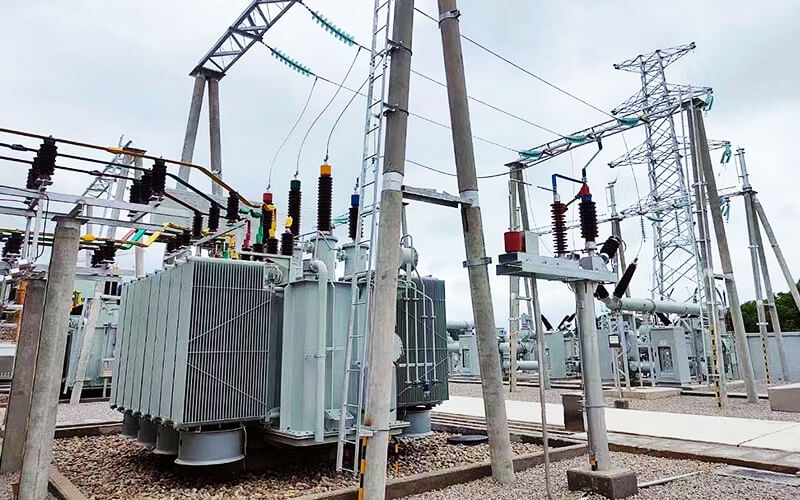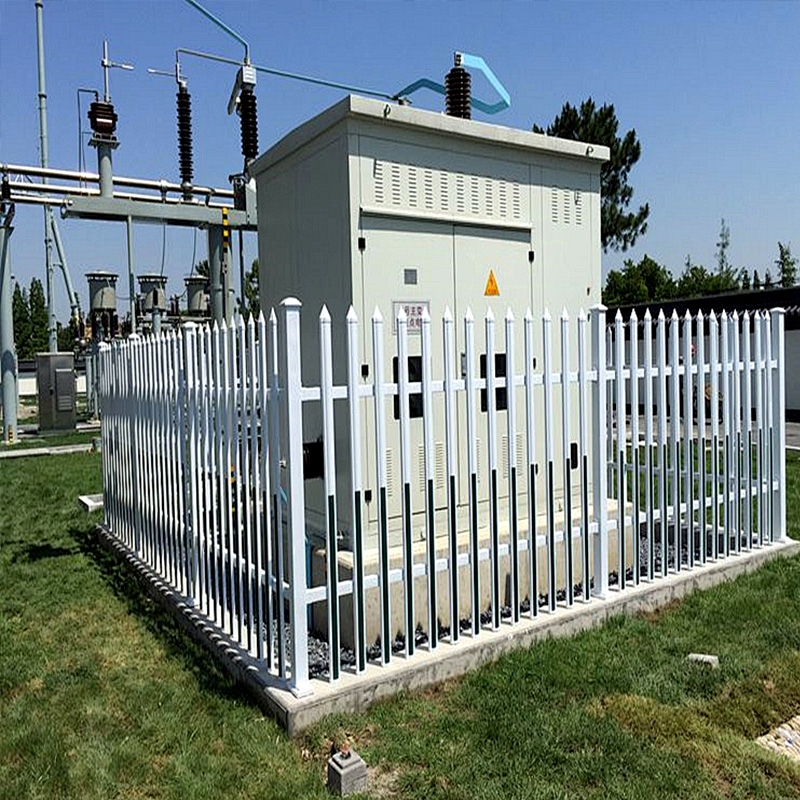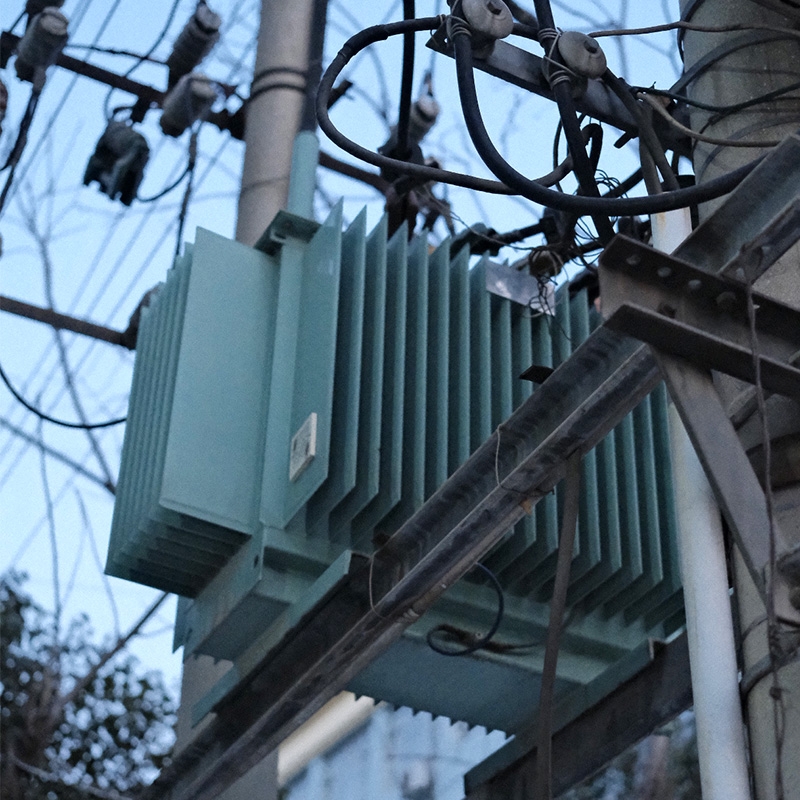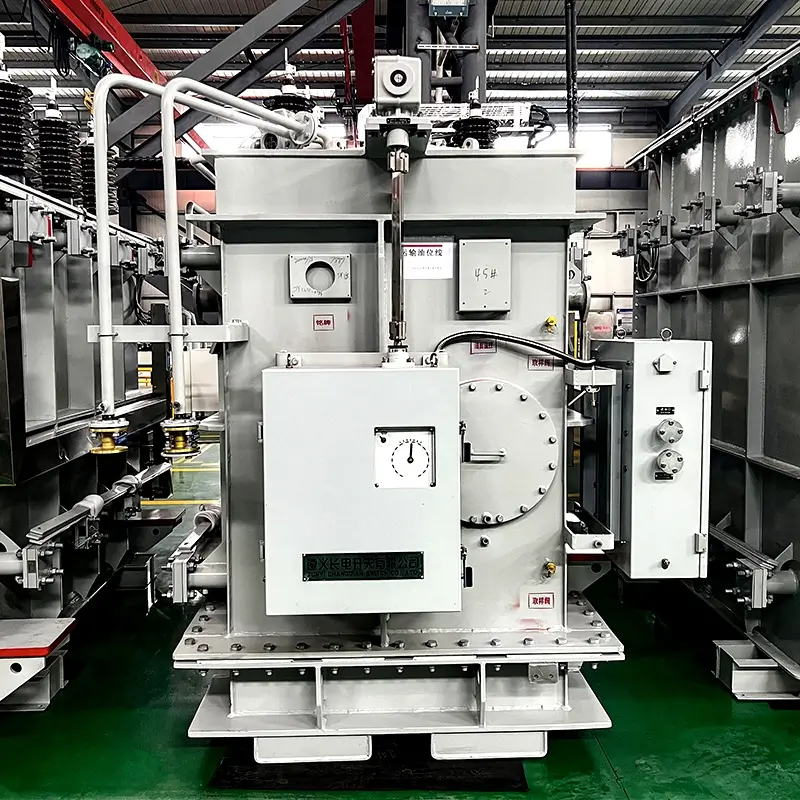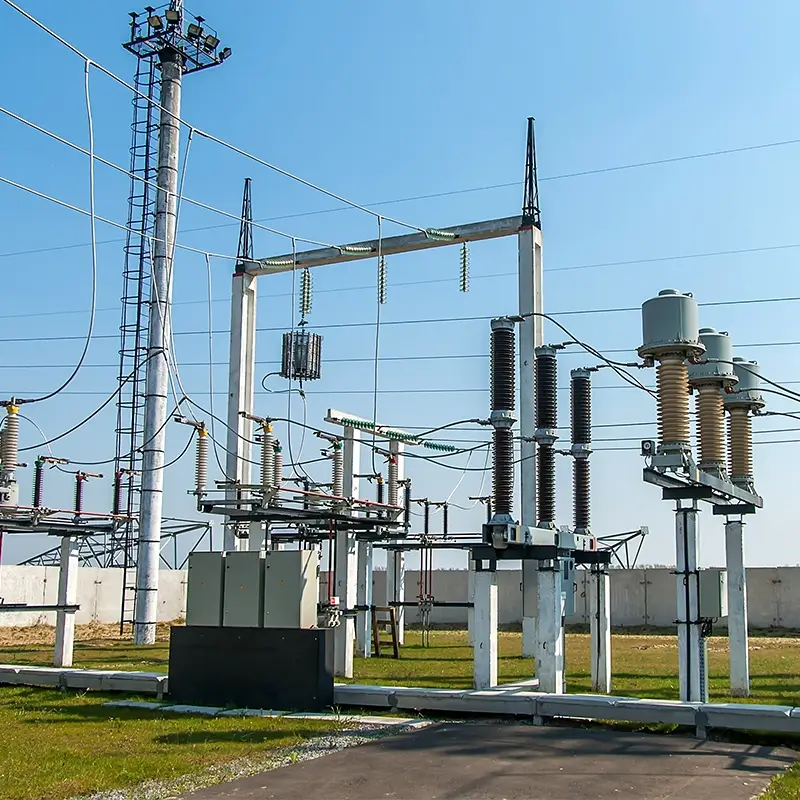Classification of transformer principles
Working frequency
The iron loss of the transformer is closely related to the frequency and should be designed and used according to the frequency, that is, the working frequency.
Rated power
The output power at which the transformer can work for a long time without exceeding the specified temperature rise at the specified frequency and voltage.
Rated voltage
The rated voltage refers to the voltage allowed to be applied to the transformer coil, which shall not be greater than the specified value during operation.
Voltage ratio
The voltage ratio refers to the ratio of the primary voltage to the secondary voltage, and there is a difference between the no-load voltage ratio and the load voltage ratio.
No-load current
When the secondary side of the transformer is open, there is still a certain current on the primary side, and this part of the current is called the no-load current. The no-load current consists of the magnetizing current (generating magnetic flux) and the iron loss current (caused by iron loss). For a 50Hz Power Transformer, the no-load current is basically equal to the magnetizing current.
No-load loss
The no-load loss refers to the power loss measured in the primary stage when the transformer secondary is open. The main loss is the core loss, followed by the no-load current loss (copper loss) of the copper resistance of the primary coil, which is very small.
Efficiency
The ratio of secondary power p2 to primary power p1. Generally, for the same volume, the higher the rated power of the transformer, the higher the efficiency.
Insulation resistance
Insulation resistance represents the insulation performance between each coil of the transformer and between each coil and the iron core. The insulation resistance level is related to the performance of the insulation material used, temperature and humidity.
